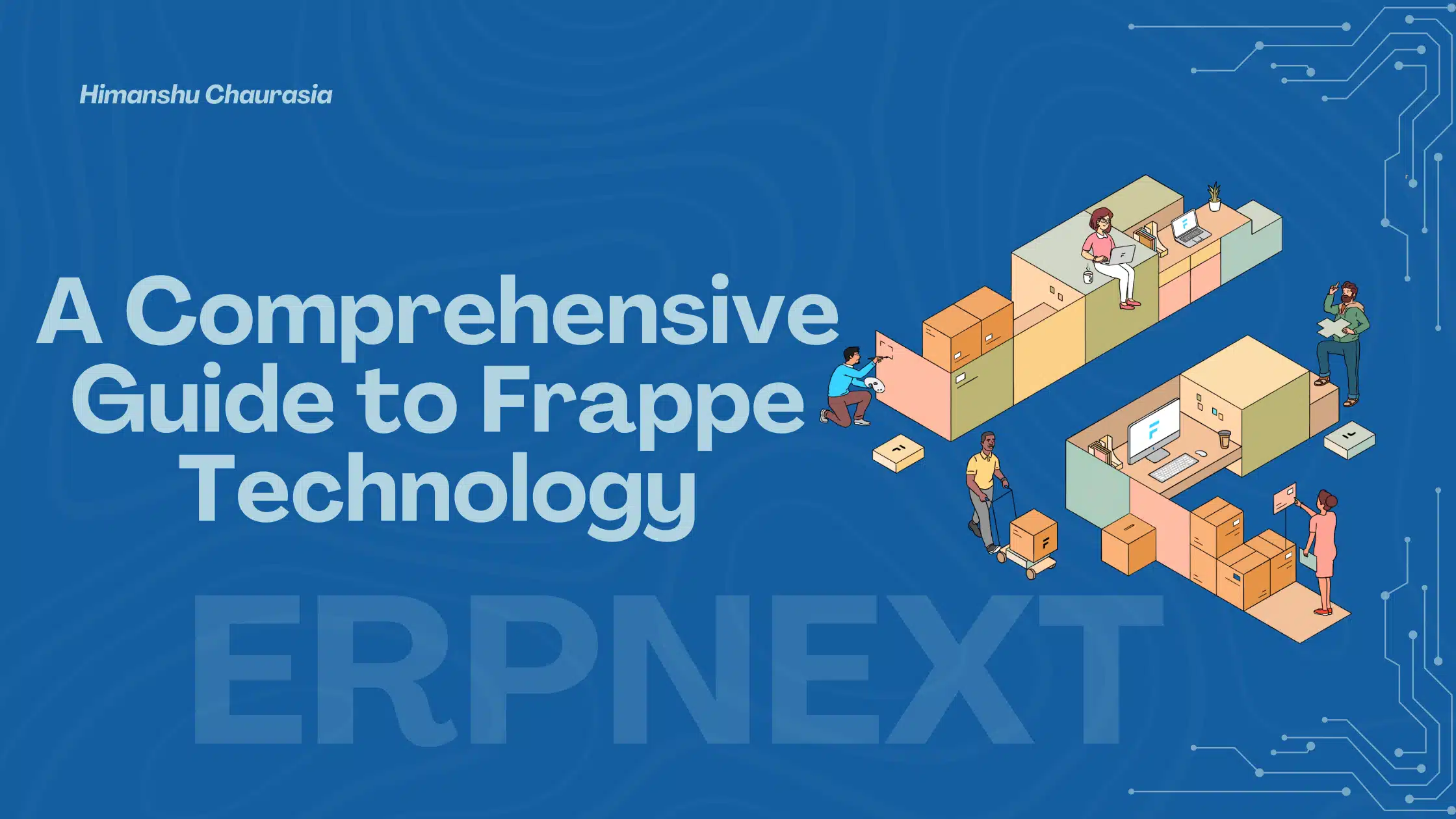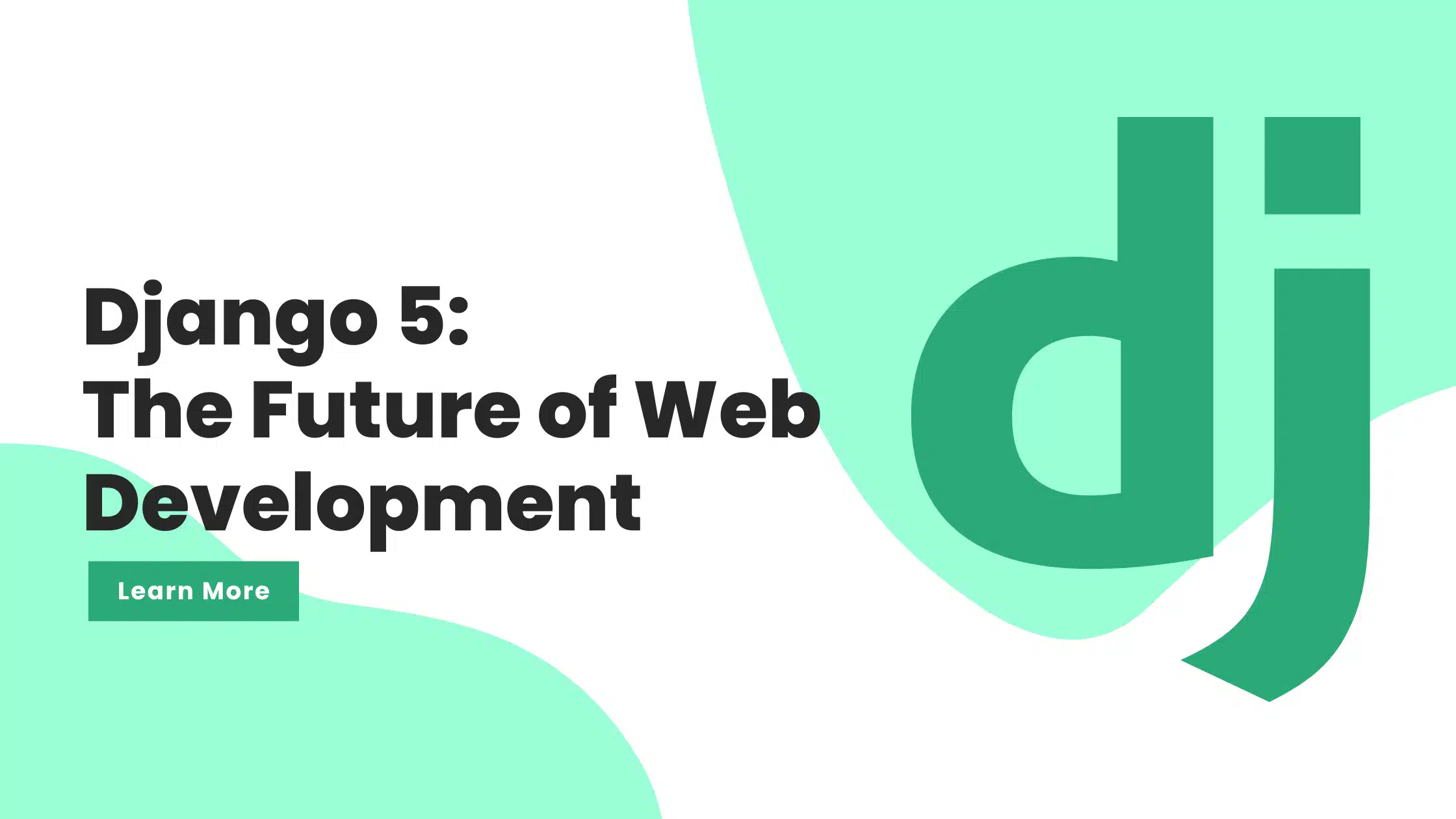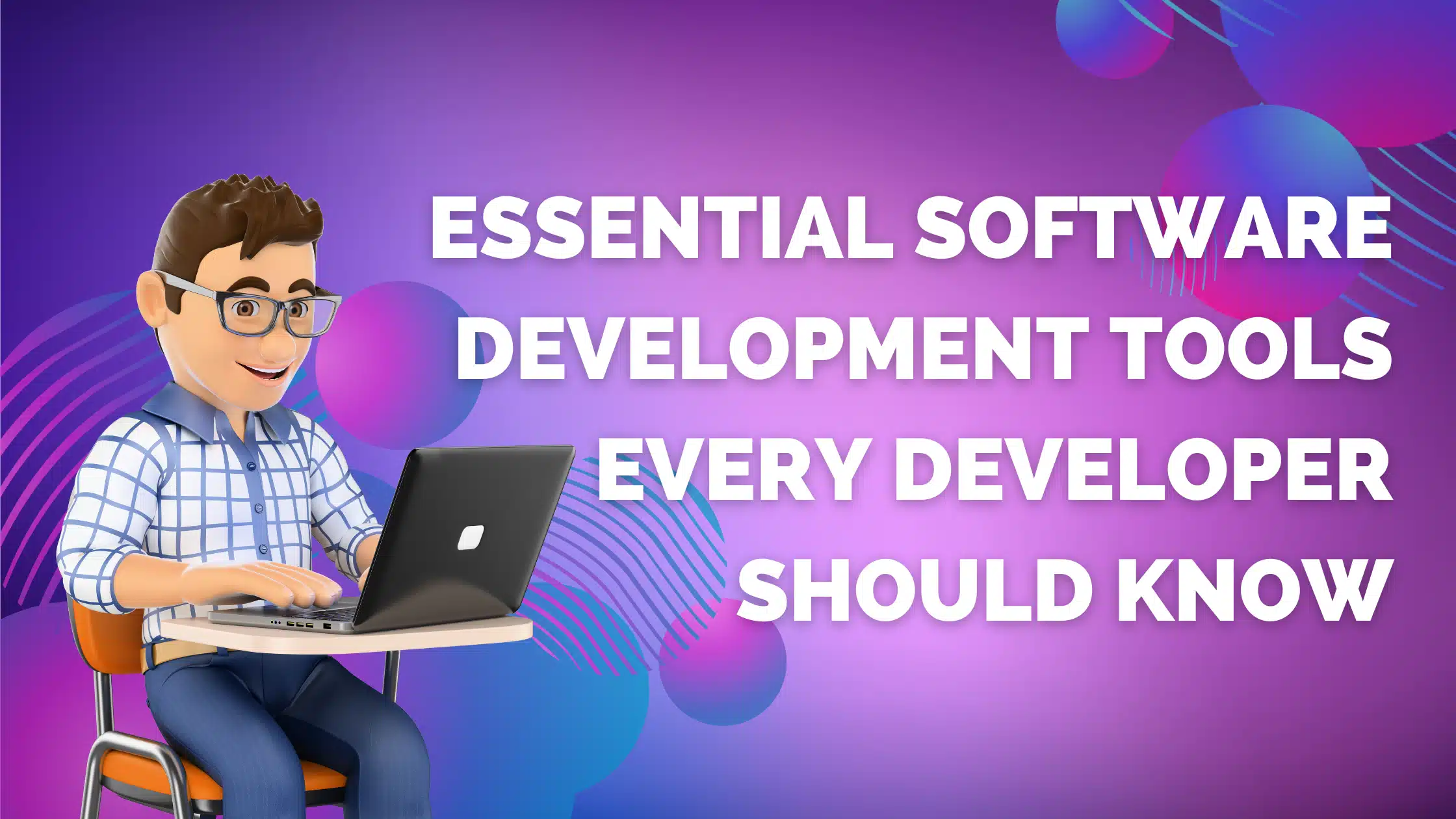
Mastering Ionic : The Complete Guide to Cross-Platform Mobile App Development
Introduction
In the dynamic landscape of mobile app development, Ionic has established itself as a versatile and robust framework for building cross-platform applications. Utilizing web technologies such as HTML, CSS, and JavaScript, Ionic allows developers to create high-quality mobile apps for iOS, Android, and the web from a single codebase. This guide aims to provide you with a detailed roadmap to mastering Ionic, including essential learning resources, requirements, future trends, and more.
Roadmap to Mastering Ionic
1. Understanding the Basics
- HTML, CSS, and JavaScript: Before diving into Ionic, ensure you have a solid understanding of these fundamental web technologies.
- Ionic Framework Basics: Learn the core concepts of Ionic, including its architecture, components, and CLI (Command Line Interface).
- Getting Started with Ionic: Create your first Ionic project using the CLI. Here’s a simple example to get you started:
# Install Ionic CLI
npm install -g @ionic/cli
# Create a new Ionic project
ionic start myApp tabs
# Navigate into the project directory
cd myApp
# Serve the app
ionic serve
2. Intermediate Concepts
- Ionic Components: Explore Ionic's rich library of UI components, such as buttons, cards, and lists.
- Navigation and Routing: Understand how to implement navigation and routing in your Ionic apps.
- Forms and Validation: Learn how to create and validate forms in Ionic.
3. Advanced Topics
- State Management: Implement state management in your Ionic apps using tools like NgRx or Ionic Storage.
- Native Device Integration: Use Capacitor or Cordova plugins to access native device features like the camera, GPS, and file storage.
- Theming and Customization: Customize the look and feel of your app using Ionic’s theming capabilities.
4. Deployment and Maintenance
- Testing: Write unit tests, integration tests, and end-to-end tests for your Ionic applications.
- Continuous Integration/Continuous Deployment (CI/CD): Set up CI/CD pipelines to automate the build, test, and deployment process.
- Publishing: Learn how to publish your app to the Google Play Store and Apple App Store.
Where to Learn Ionic
Official Documentation
- The Ionic official documentation is the best place to start, offering comprehensive guides, tutorials, and API references.
Online Courses
- Udemy: Courses like "Ionic - Build iOS, Android & Web Apps with Ionic & Angular" by Maximilian Schwarzmüller are highly recommended.
- Coursera: "Multiplatform Mobile App Development with Web Technologies" by The Hong Kong University of Science and Technology.
YouTube Channels
- Academind: Provides in-depth tutorials and explanations on Ionic concepts.
- Traversy Media: Offers practical Ionic project tutorials.
Books
- "Ionic 5 Cookbook" by Fu Cheng
- "Ionic in Action" by Jeremy Wilken
Requirements
To get started with Ionic, you'll need:
- A Computer: Windows, macOS, or Linux.
- Node.js and npm: Download from nodejs.org.
- Ionic CLI: Install it using
npm install -g @ionic/cli. - Basic Programming Knowledge: Familiarity with web technologies like HTML, CSS, and JavaScript.
Future of Ionic
Ionic’s future looks promising with continuous improvements and a growing community. Upcoming trends and features include:
- Ionic for Web: Enhancements for building Progressive Web Apps (PWAs).
- Capacitor: Ionic's native runtime is gaining popularity for its simplicity and performance.
- New Components and Tools: Regular updates introducing new components and development tools.
Why Ionic?
- Cross-Platform Development: Write once, run anywhere.
- Rich UI Components: A vast library of pre-built UI components.
- Easy to Learn: Utilizes web technologies you already know.
- Strong Community and Ecosystem: A supportive community and extensive ecosystem of plugins and tools.
- Performance: Optimized for high performance on mobile devices.
Ionic bridges the gap between web and mobile development, allowing developers to leverage their existing skills to create amazing applications. Dive into Ionic today and take your app development skills to the next level.
Frequently Asked Questions
Ans 1. Ionic is an open-source framework for building high-quality mobile and web applications using web technologies.
Ans 2. While Ionic has tight integration with Angular, it also supports React and Vue.js.
Ans 3. Yes, Ionic can be used to create Progressive Web Apps (PWAs) in addition to mobile apps.
Ans 4. Absolutely. Ionic’s simplicity and comprehensive documentation make it suitable for beginners.






